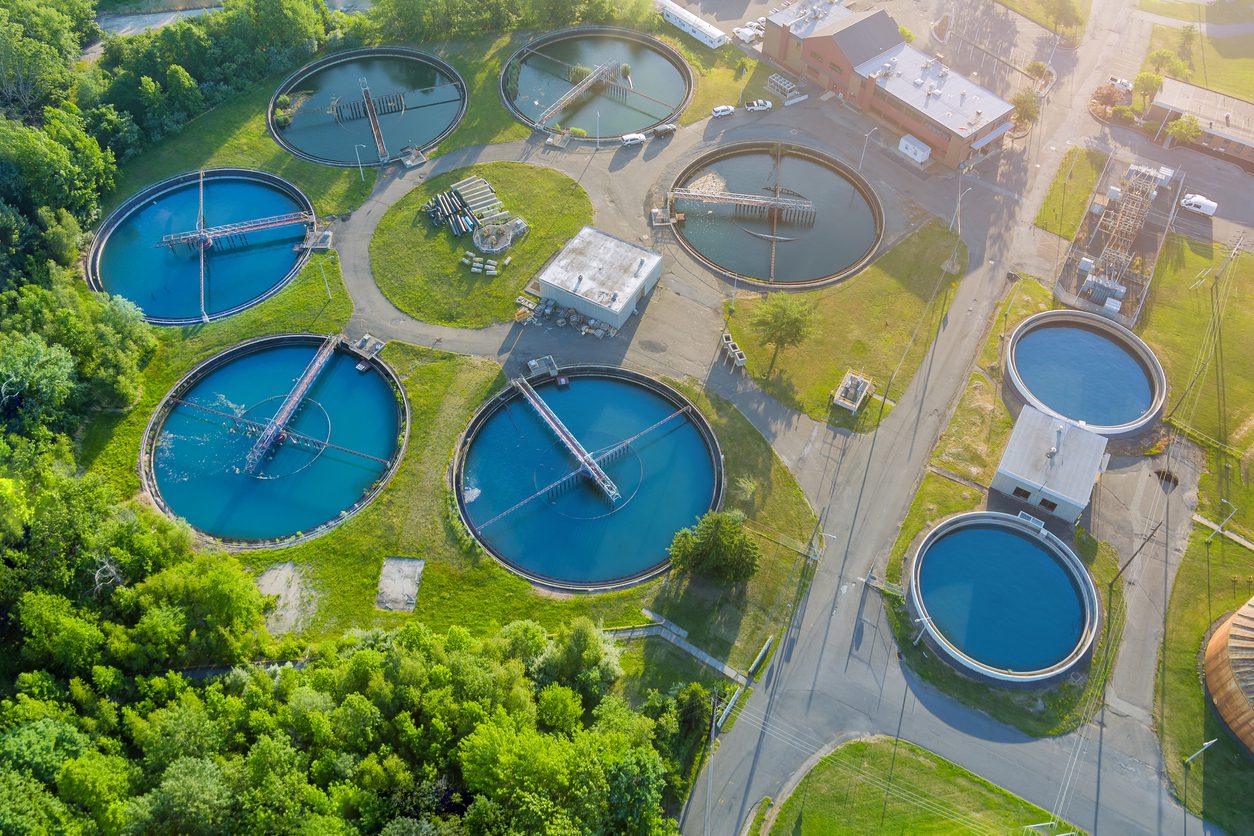 We tend to talk about water systems only when they fail. A burst water main, especially if it’s in an inconvenient location, can hit the news locally, regionally, and occasionally nationally.
We tend to talk about water systems only when they fail. A burst water main, especially if it’s in an inconvenient location, can hit the news locally, regionally, and occasionally nationally.
Aging water systems, however, are often in serious need of upgrading before something happens. Upgrading your municipal water systems is key to not just ensuring that people have the water they need but reducing waste and leakage, allowing cities to keep up with increasing demand and the pressures of climate change. At the same time, the average US water network pipe is 45 years old.
So, what should cities and towns do to ensure that their water systems are, and remain, up to the task?
Ensure Regulatory Compliance
First of all, the EPA is now addressing levels of polyfluoroalkyl substances (PFAS), which until recently had no limits on them, but which have been shown to have serious health effects in animals. In 2020, also, the SPA revised the Lead and Copper Rule. Wastewater regulations are also continuing to tighten to deal with algae blooms.
This increases the need to update systems to keep up with ever-changing rules and an audit to ensure compliance is a good idea for all jurisdictions right now. Bringing water treatment systems up to date should be a key priority, despite the capital challenges many towns face.
Invest in Water Self-Sufficiency
Not all communities are reliant on imported water. For those that are, improving water self-sufficiency is key to avoiding costly water disputes in the long term. For example, in California’s Salinas Valley, water recycling has become an important technique to reduce reliance on water that is increasingly being taken by communities upstream. Desalination can also support self-sufficiency, although it requires a lot of investment and has its own potential environmental concerns.
“Smart”en up Systems
Smart water meters have been shown to reduce water demand significantly. They empower consumers to make better choices about the water they use by ensuring that they have real time access to water usage. This can help encourage behavior changes such as irrigating gardens at night (when less water evaporates, making it more efficient).
Smart systems can also detect leaks far faster than traditional analog metering. Because water usage is monitored in real time, a sudden increase in water usage can indicate a leak downstream of the meter, while smart monitoring can spot issues in other parts of the system. The faster a leak is found, the faster it can be fixed, saving water for the community.
This can only help so much in aging systems where leaks are common, but it can absolutely reduce water waste as well as helping promote sustainable water usage and conservation. This can, in turn, reduce the need for unpopular rationing measures in times of drought.
Address Drinking Water Potability Issues
In 2014, Flint, Michigan hit the news in the worst possible way. As a cost-saving measure, the city started to draw water from the Flint River…and failed to properly treat it. This resulted in vile-tasting water that had high levels of lead contamination as the corrosive water came into contact with aging pipes. There were also outbreaks of Legionnaire’s disease traced to contamination in the water. It took several years to resolve the crisis, and it damaged public trust in drinking water nationwide, particularly in Black and Hispanic communities.
This means that not only do municipalities have to ensure that their water is safe, but they have to promptly and properly address any perception that it is unsafe. Transparency is vital; it is better to admit to a problem than hide it. So is education about harmless discoloration and other cosmetic issues if they happen to be common in your area.
Monitoring water quality is another thing that new technology can help with, by ensuring that contaminant information is accurately available. Many people now choose to filter their water and if they choose to do so it helps to know the best filtration technology to use for the specific circumstances.
Reduce Energy Consumption
Supplying and treating water, and treating wastewater, uses a fair amount of energy. Reducing energy consumption, in addition to improving sustainability, also reduces costs. This can help offset the rate increases often needed to pay for infrastructure improvements. Some communities have taken innovative steps. For example, the biological digester systems used by DC water generate about 10 megawatts of electricity, which amounts to about a third of what the plant uses.
There are simpler answers too. In addition to biogas generation, the installation of solar panels where feasible can save significant amounts of energy. Also, measures as basic as getting a lighting audit on your offices and replacing inefficient bulbs with modern LEDs can add up to energy savings which can make a real cost difference in the long run.
Upgrading your municipal water systems is not just a good idea, it’s of vital importance moving forward. Most especially, using measures ranging from pipe replacement to the use of smart meters and other monitoring tools can help conserve water, reducing or eliminating the need to expand water sources and reducing conflict between communities over water rights.
Envocore’s Utility Smart Metering Group provides high quality smart metering solutions to municipalities and communities of all sizes. Smart meters help promote educated water consumption, detect leaks, and improve billing accuracy. To find out more about how our smart metering systems can support your upgraded water infrastructure, contact Envocore today.

